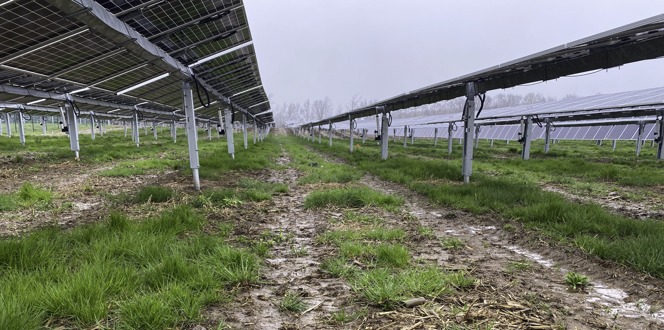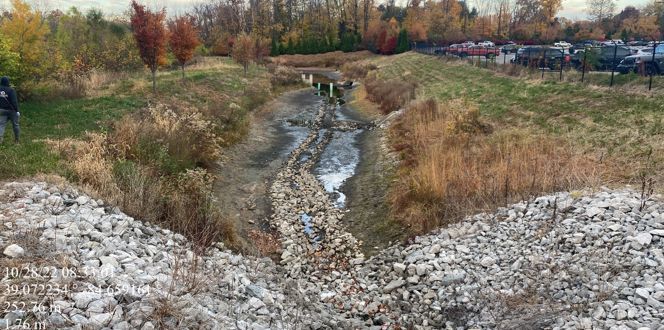Rutman Creek Watershed Restoration
DRG served as the principal consultant on the Rutman Watershed restoration project, which provides significant habitat benefits as well as habitat connectivity between Pocosin Lakes National Wildlife Refuge and the riverine swamp forests of Rutman Creek and the Pungo River in North Carolina.
Project Narrative:
Davey Resource Group, Inc. (DRG) was contracted to provide site-specific mitigation for the mine expansion project proposed by PCS Phosphate in Aurora, NC. This expansion will result in extensive wetland and stream impacts, requiring multiple large-scale projects throughout the lower Tar-Pamlico River Basin. In order to meet these challenges, DRG initiated an extensive search throughout Hyde, Beaufort, and Pamlico counties. A large, contiguous farm located in the headwaters of Rutman Creek (Hyde County) was targeted as a potential restoration site. The parcel included over 3,000 acres of actively cultivated farmland and approximately 1,000 acres of bay forest habitat that was relatively undisturbed. In addition to the extensive acreage, the site also contained opportunities for zero-order stream restoration and enhancement in the lower reaches of Rutman Creek.
As the principal consultant, DRG provided the following services during the mitigation site development process: 1) Identification of potential mitigation resources 2) Preparation of restoration plan documents 3) Coordination of project with Interagency Review Team (IRT) 4) Conducted on-site hydric soils/wetland delineation 5) Identification of reference wetland sites 6) On-site construction management for both wetland and stream components 7) Conducted annual vegetation and physical monitoring (2009-2016).
Restoration Results In Thriving Site
Overall, the Rutman Restoration project appears to be performing very well. Vast areas of headwater wetlands that had been historically drained and converted to commodity crop production have been restored. As a part of the watershed restoration effort, the hydrologic regime of first-order and zero-order tributaries that had been previously disconnected from their headwaters (via diversion canals) has been re-established.
Given the intensive land-use practices of the area prior to restoration work, the canals and downstream receiving waters were susceptible to water quality impairments via nutrient (e.g N and P) loading, sediment run-off, and herbicide/pesticide contamination. Restoration work has removed the intensive land-use practice and associated stressors to water quality. In addition, planting of all the fields provides water quality benefits via (1) reducing overland flow velocities; (2) stabilizing soil; and (3) promoting the uptake and transformation of nutrients/contaminants. Removal or plugging of canals provides for increased floodwater storage, increased hydrologic residency, and associated nutrient/sediment retention. Lastly, the restoration site provides significant habitat benefits as well as habitat connectivity between Pocosin Lakes National Wildlife Refuge and the riverine swamp forests of Rutman Creek and the Pungo River.





